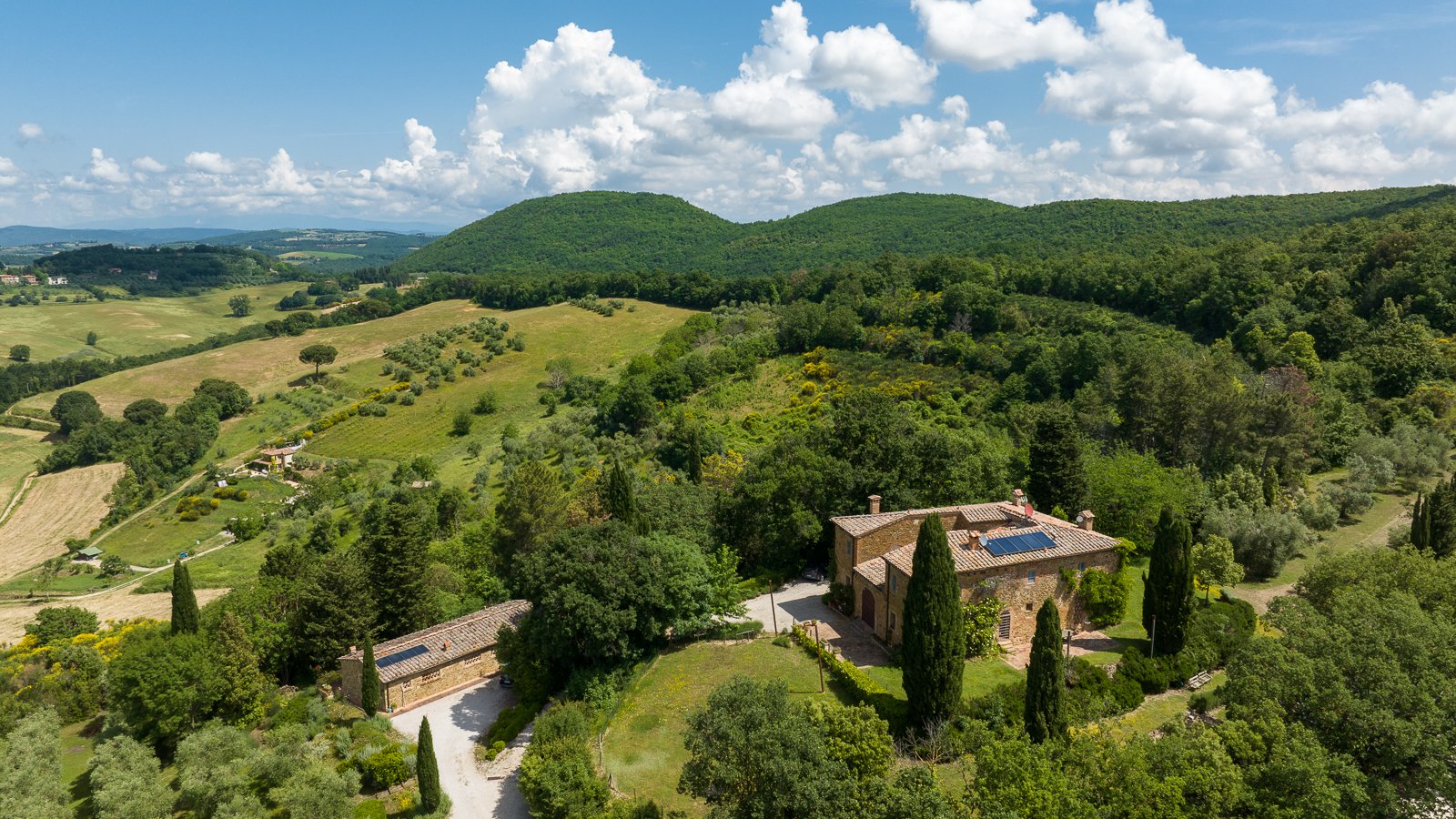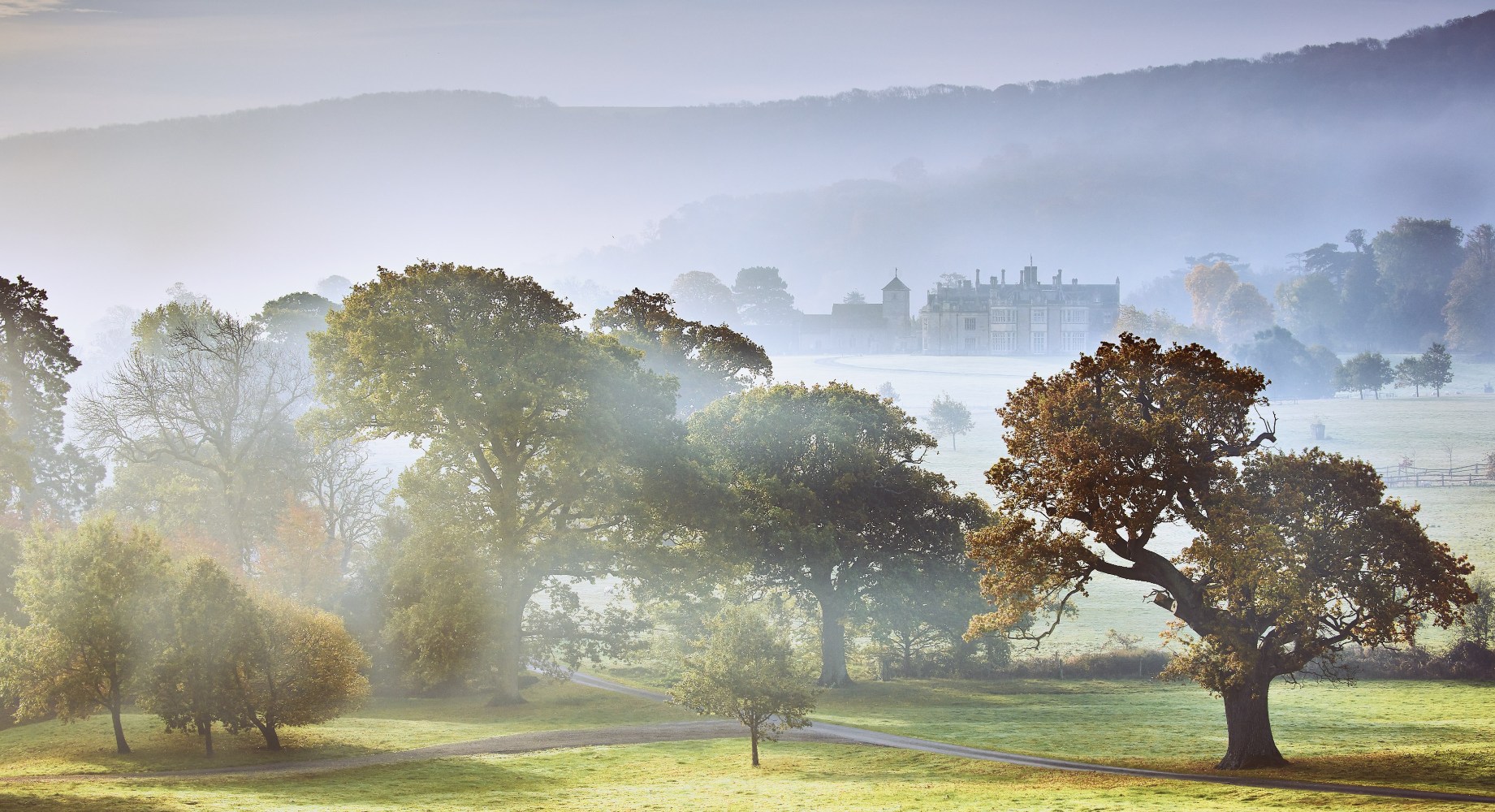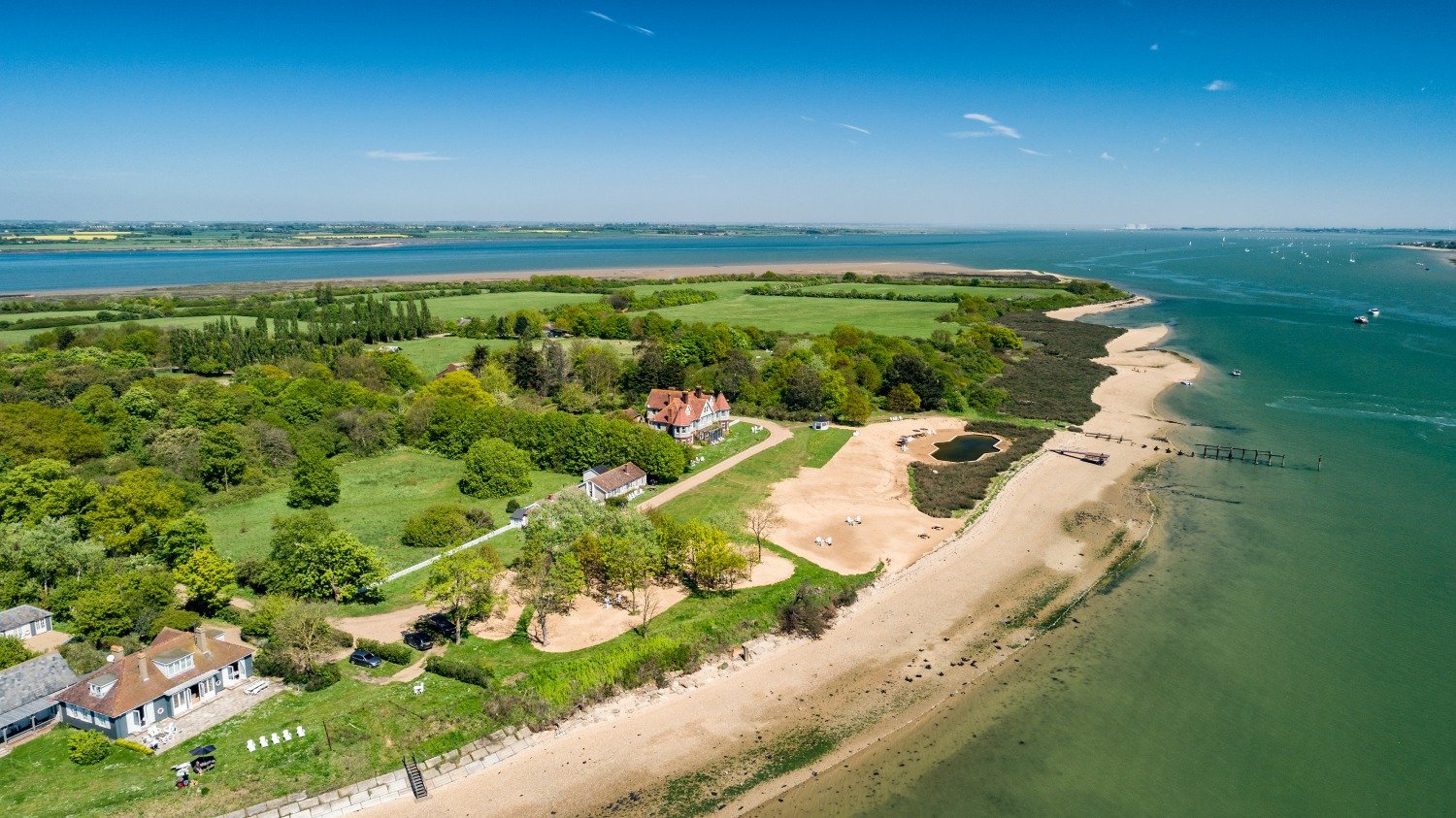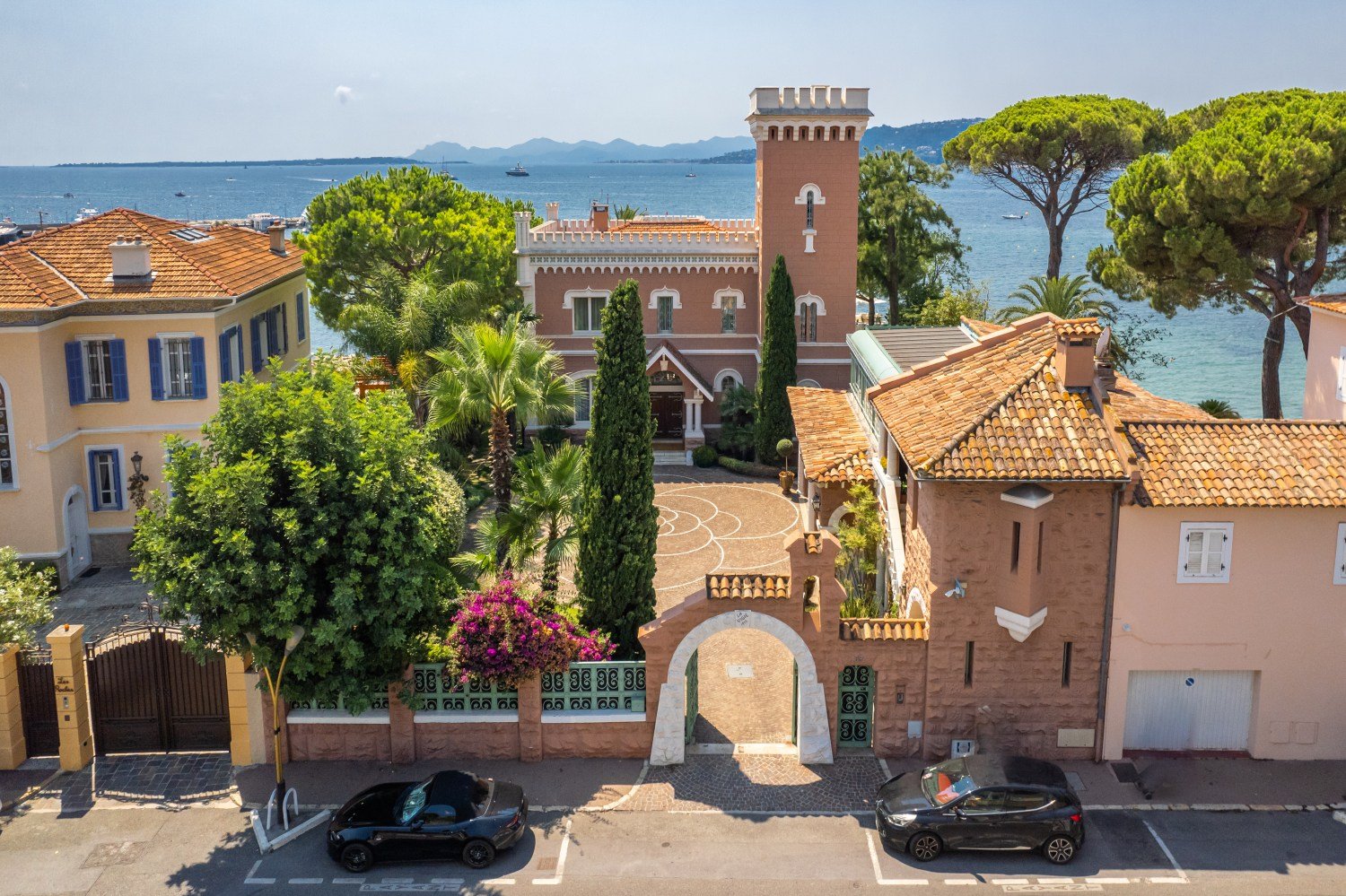Purpose in practice: Blenheim’s values-driven approach
In conversation with the managing director of one of England’s most iconic estates, exploring why delivering social value is a core part of his mission
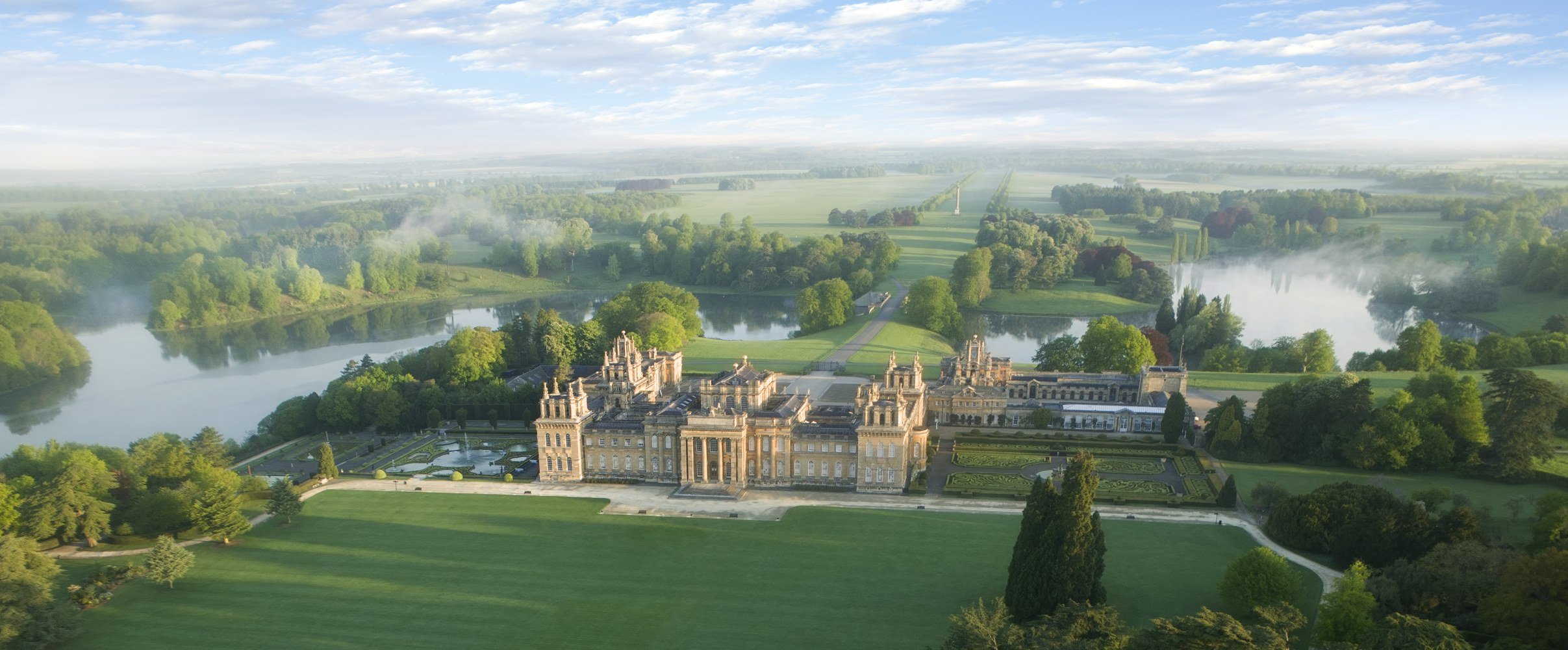
James Farrell, Knight Frank’s Head of Rural Consultancy, pays a visit to Blenheim to discover how a purpose-driven approach can enhance the lives of local people and protect the estate for generations to come. Discover further research, news and insights into rural estate and farming businesses in the new edition of Knight Frank’s Rural Report.
Blenheim’s sustainability credentials are clearly on display before I’ve even made it through the door of the estate office in Woodstock to talk to Roy Cox, who is responsible for managing the estate’s sizeable portfolio of rural assets.
The car park is lined with electric charging stations powering a fleet of eye-catching liveried vehicles complete with slogans proudly proclaiming the 12,500-acre estate’s commitment to the environment.
“We are definitely a purpose-driven organisation,” confirms Roy as we sit down overlooking the main lake that is such an integral part of the 300-year-old Blenheim landscape. A recent multi-million-pound dredging exercise removed enough silt to fill Wembley Stadium, he tells me.
It’s tempting to think that historic estates have always had such a clear vision, but Roy quickly dispels that notion, noting the idiosyncratic way landed estates were often formed. Sometimes, as in the case of Blenheim, to honour a great military victory.
“Unlike large companies that have a clear purpose, these very odd things called landed estates often struggle to have such clarity.”
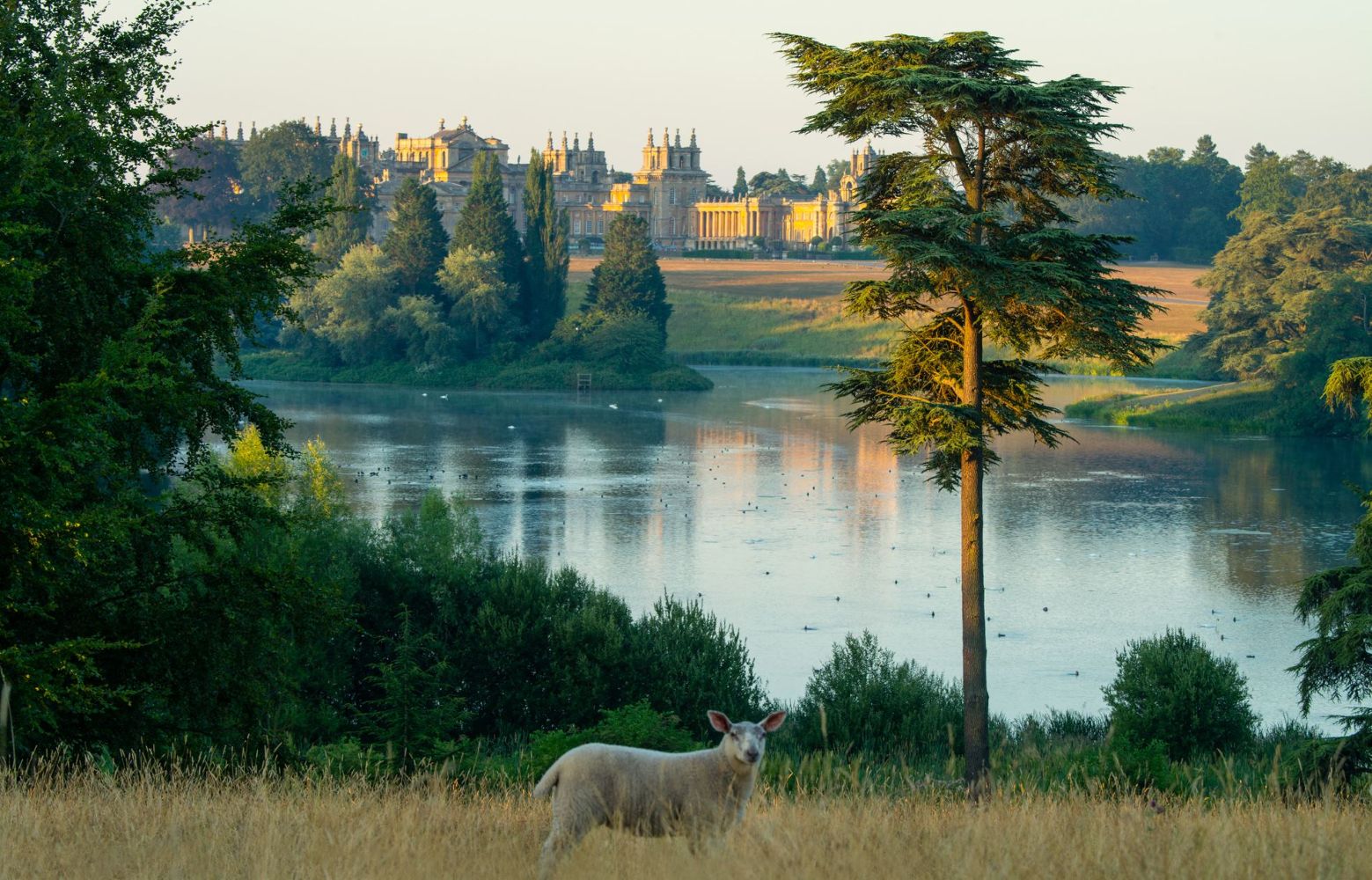
“Even the families that own them don’t always understand what it is that they're there for. Eight years ago, Blenheim had no defined purpose; we were really struggling to articulate what we were all about.”
To remedy that, the estate created a three-fold purpose: to be the lifeblood of the local economy, to enhance the lives of local people, and to share and protect the estate. “It sits above everything that we do.”
“You can see that, very deliberately, it has an economic, social and environmental strand to it. You cannot have a thriving landed estate without thriving local communities next to you. So, we set out to enhance the lives of local people.”
Beneath Blenheim’s core purpose lie a further 10 more detailed aspirations. These include becoming a carbon-neutral business by 2027 – something that will be achieved through a mix of solar energy investment, hundreds of acres of tree planting (the estate even has a stake in two vertical farms that rear high-quality saplings), and slashing energy consumption across the estate by 30%.
The target even covers the estate’s Scope 3 emissions, such as the carbon footprint of visitors’ journeys to Blenheim. The detail of the calculations is impressive. “We know on average how long a visitor from the US spends in the UK, so if they visit us for a day, we can account for the relevant proportion of the emissions from their flight over here. It’s not a perfect methodology but it places value on that travel and allows you to track incremental changes from what we do.”
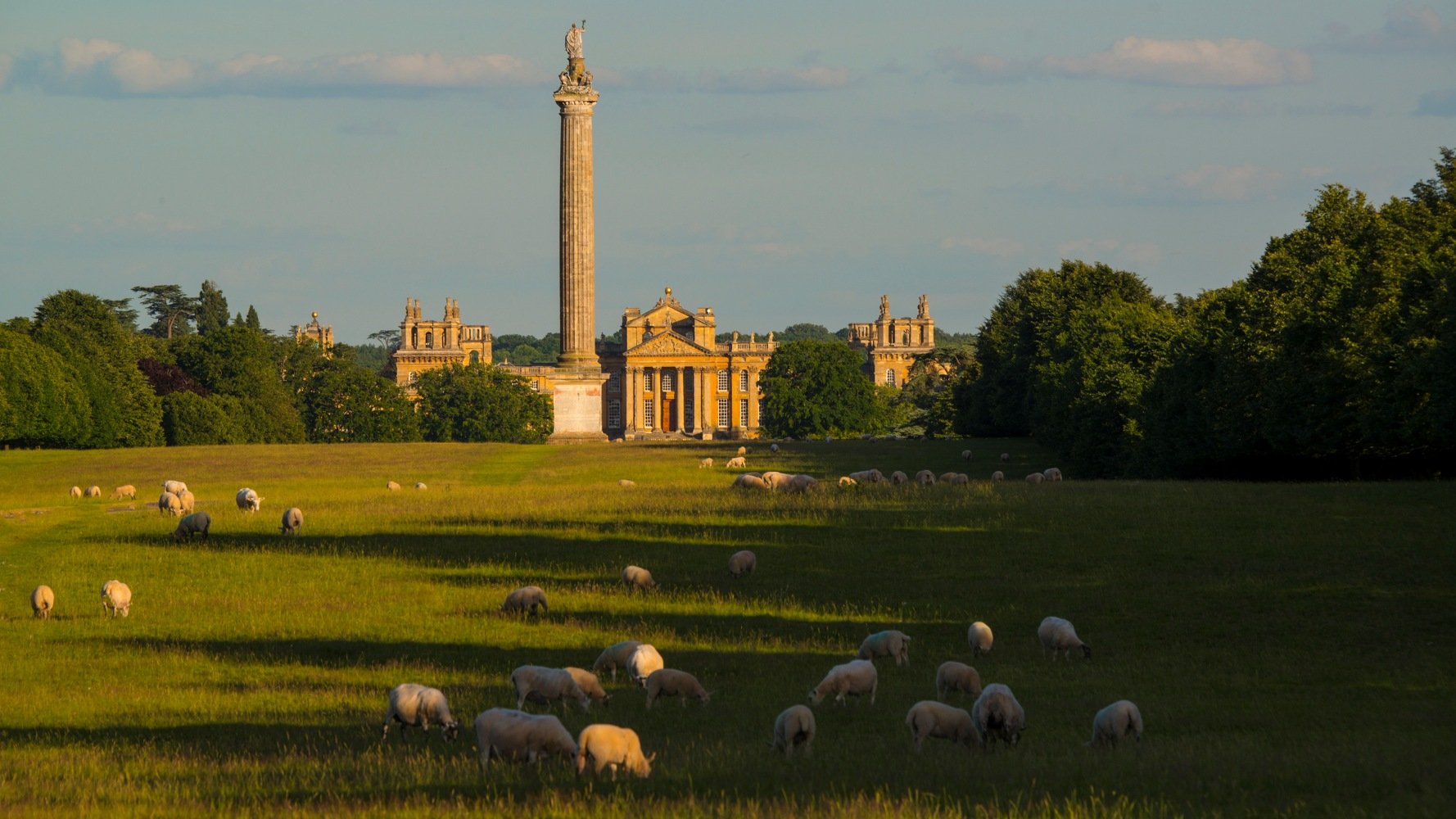
World heritage
Protecting the estate - the third prong of Blenheim’s purpose - which involves looking after a 2,000-acre UNESCO World Heritage Site with a 187-room palace at its core, is the most challenging. The sums involved are certainly staggering.
“Our repair liability is now over £4 million a year before we even open the doors. At the moment, for example, we’re undertaking a £10-million scheme to repair a leaking roof on top of the palace, our largest restoration project ever.”
Around half of the income required is generated from the one million or so people who visit Blenheim each year - 300,000 over Christmas alone. AI is used to predict visitor numbers and adjust the staff footprint accordingly, as well as powering Archie, the estate’s AI guide.
The rest has to come from the estate’s portfolio of residential and commercial property and what Roy describes as “low-quality” farmland. Returns from those assets also deliver wider benefits for society and the environment.
“Eight years ago, we acquired a local house builder, and that allows us to build high-quality, affordable housing in the right places.
“We’ve also largely converted our surplus agricultural buildings into various commercial uses. They’re an important part of local employment, which goes back to our purpose of enhancing the lives of local people.”
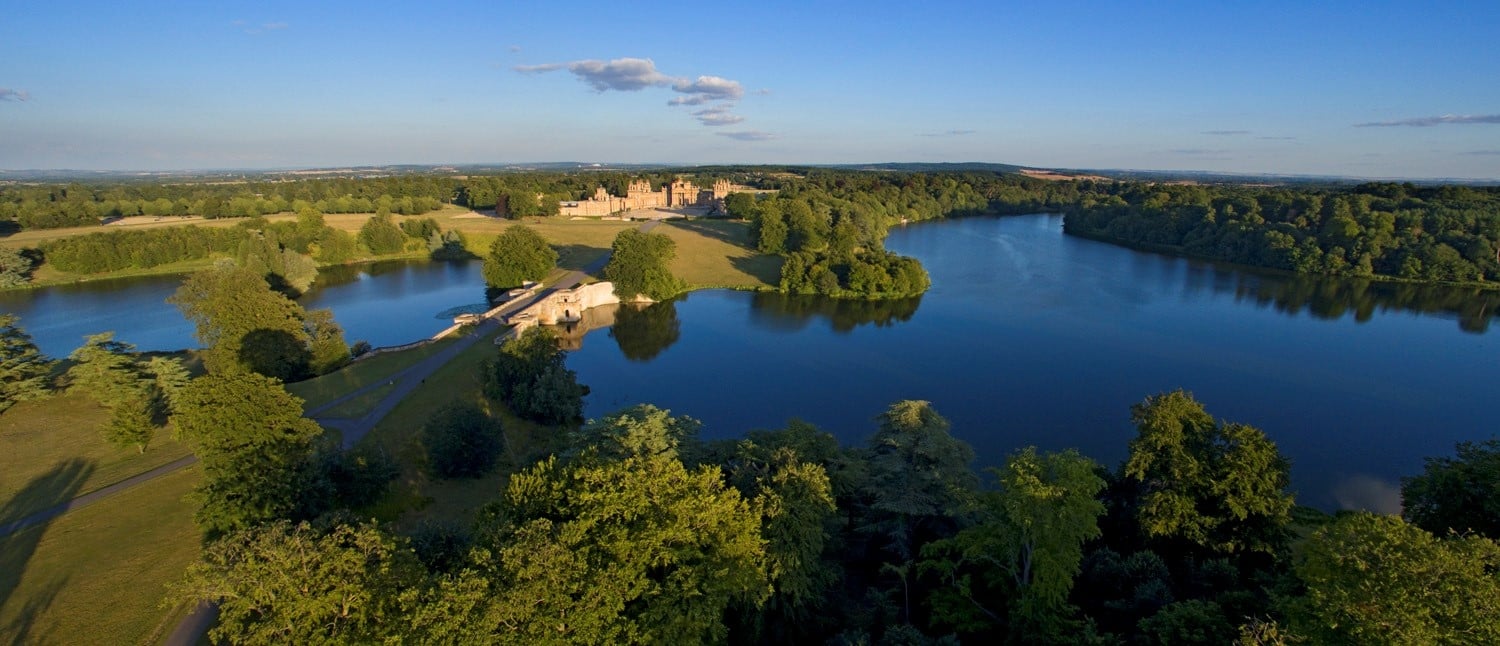
Nature-based income streams are also growing in importance, with the estate having sold 80% of the carbon credits generated from a 300-acre tree-planting initiative. Soil carbon and biodiversity net gain credits are being traded too.
It hasn’t all been plain sailing. A 2,000-acre solar scheme has, unsurprisingly, proved controversial. But adjustments have been made based on community feedback, and Roy is hopeful the project will achieve planning consent soon.
“Fundamentally, if you get your values correct, people will see value in you and trust what you are doing as custodians of a heritage asset.”
After just an hour or so with Roy, it’s clear that Blenheim’s values go far deeper than a few slogans on the side of electric cars. It’s a modern estate built on purpose, with community values and long-term sustainability at its heart.
Click here to read more from the spring/summer edition of Knight Frank’s The Rural Report.
